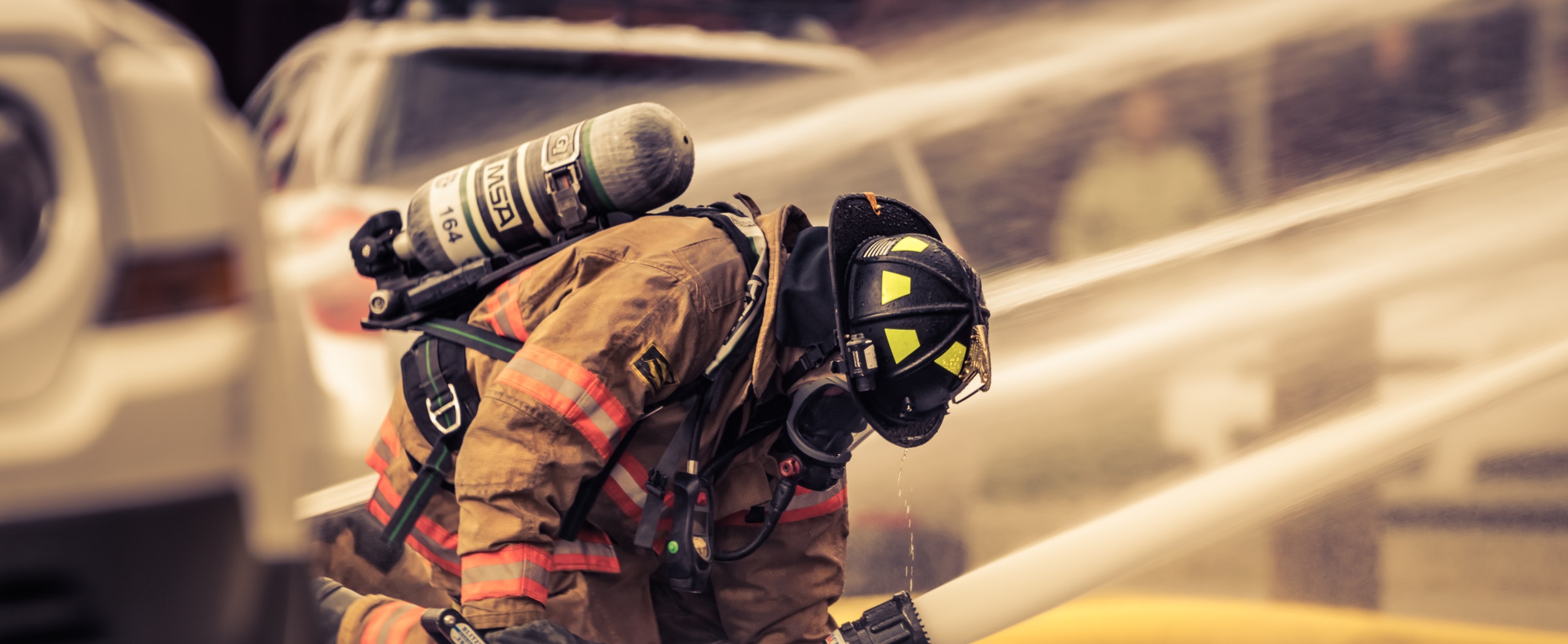Resourcing to risk, maintaining the number of firefighters, better resilience, investing in people and vital protection work are all areas the government must consider in the forthcoming Spending Review. This is to ensure fire and rescue services can continue to provide the services communities have come to expect.
This year’s Spending Review submission was a collaborative effort between NFCC, the LGA and National Employers. It has now been presented to the Fire Minister and Home Office.
For the first time, NFCC – in conjunction with the LGA – had a dedicated full-time resource in the Home office to work on the Spending Review. This was to ensure we were involved in and influencing discussions at the earliest opportunity, based on reliable data and a robust evidence base. This approach has ensured all aspects of requirements have been explored and provided a rounded and expert view.
We had a very clear focus: the base case for fire and rescue funding and productivity opportunities; significant cost pressures, and improvement activity arising from Grenfell Tower and other recommendations. These all align closely with ministerial priorities of People, Professionalism and Governance.
The Hackitt Review recommendations and subsequent Fire and Building Safety Bills – currently going through the parliamentary process – put increased pressures on services. It is imperative these are funded properly.
It is clear that fire and rescue services across the country are willing to take on more and change how they work. This became more apparent during the current Covid-19 pandemic with 14 additional activities being taken on.
We currently do not know what the economic impact of Covid-19 will be on the public sector. However, we must accept there will be an impact, but it is essential people continue to receive an excellent level of service; this must not be compromised. This is further complicated by having a number of different governance models across the sector. How do we ensure all services receive a fair share of funding in such difficult times?
This additional work, alongside the backdrop of recommendations from HMICFRS’s first State of Fire report, clearly highlighted how funding positions and pressures varied widely. It is now more imperative than ever that the right funding must be provided to carry these out in a sustained and methodical way.
NFCC Chair Roy Wilsher has for a long time been calling for fire services to be resourced to risk, as well as demand. This is an area I strongly support; while FRSs are more than willing to take on more, this is a finite resource. To do more, we need more.
We need enough resources to provide an emergency response even in times of exceptional demand. This includes the ability to deal with large scale emergencies, potentially for a protracted period of time.
The LGA and NFCC would welcome a review of fire and rescue statutory duties to include response to flooding; we need support for a consistent approach, requiring investment similar to that made by the Welsh government.
Pay is another key area which needs additional government funding; the sector is under pressure to deliver a large pay rise this year. It is estimated that a two per cent increase would cost the sector at least £25 million per year, representing more than one per cent of total funding for fire and rescue services.
These areas are key to our Spending Review submission. We need to focus on resilience and resources to support improvement. This can only be achieved via investment against the backdrop of financial uncertainty caused by Covid-19. We are clear that fire and rescue services need to be protected from these impacts.
If the numbers of staff continue to decline, certain activities cannot continue to be delivered. This must be a serious consideration by government when considering future funding, constraints and pressures on fire and rescue services. To put this in context, there has been a 21.7 per cent decrease in wholetime firefighters since 2010.
This coherent and joined-up submission means we are in a much better place to have ongoing discussions about sustainable funding, delivering real improvement for fire and rescue services.





